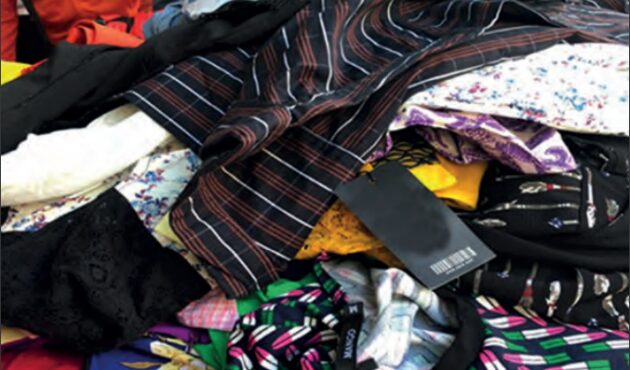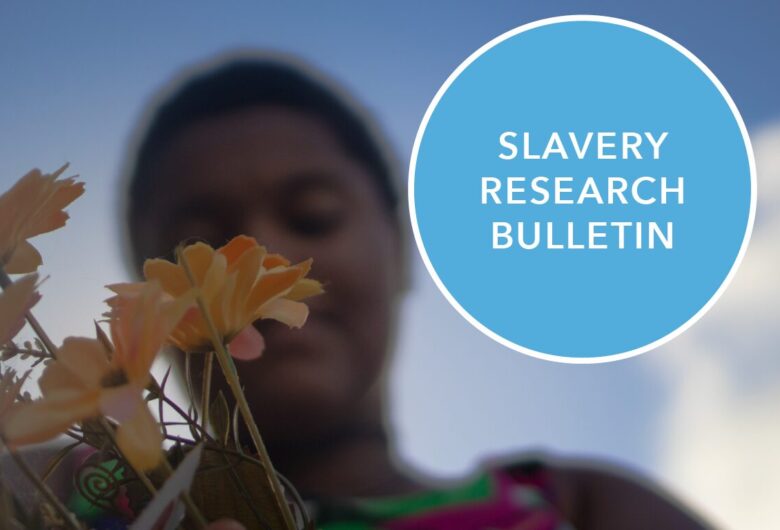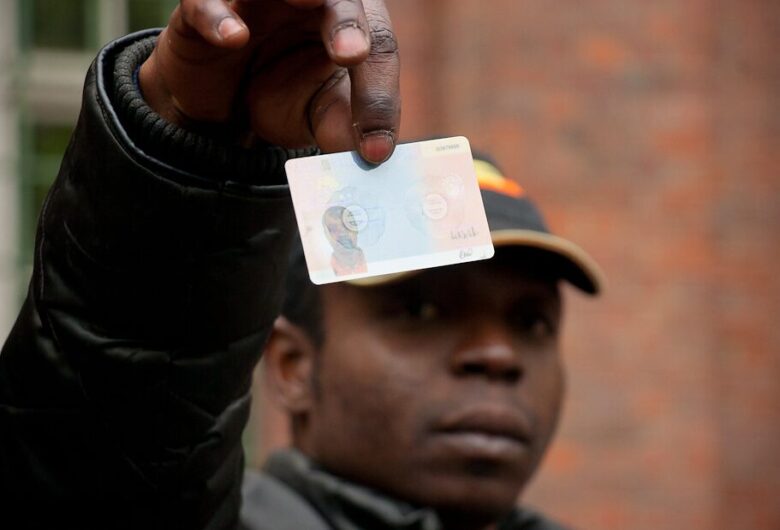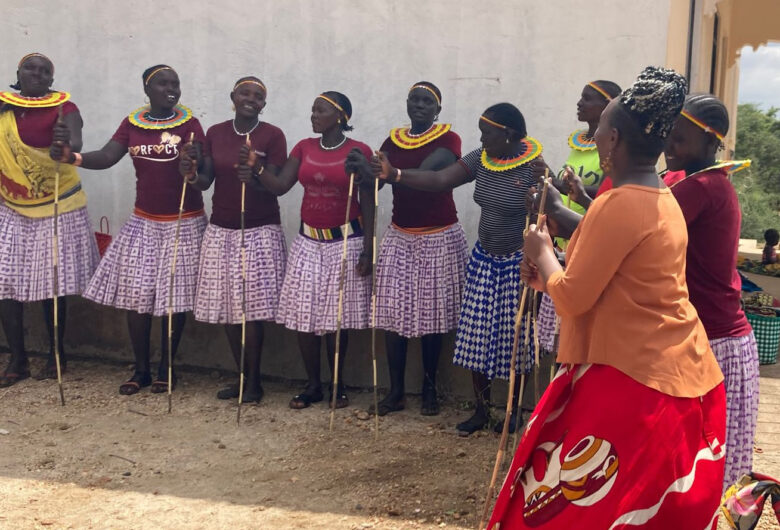Welcome to the Slavery Research Bulletin, the Freedom Fund’s monthly brief designed to bring you new and compelling research from the global anti-slavery movement.
PVC building materials produced by Uyghur forced labour
A team from Sheffield Hallam University investigates the manufacturing of PVC (a material commonly used in floor coverings) in China’s Xinjiang Uyghur Autonomous Region (XUAR) and its routes into international markets. PVC made in XUAR accounts for ten percent of the world’s supply, dominated by state-owned Chinese companies notorious for their role in labour transfer programs. In the last several years, PVC from XUAR to the U.S. has increased by 300 percent and many of the producers are financed by global banks and pension funds.
The role of social protection in ending child labour
The International Labour Organization and UNICEF analyse the role of social protection systems in eliminating child labour. Globally, 1.5 billion young children under age 15 receive no social protection benefits and the report argues that such programs can be a powerful tool for tackling child labour. However, design features such as transfer amounts, regularity and predictability, and duration of payments must be carefully tailored to the local context otherwise social programs could inadvertently increase demand for child labour.
The impact of traceability systems on labour rights in Thai fishing
Research led by the Swedish University of Agricultural Sciences assesses the impact of reformed traceability systems on Thai fishers’ labour conditions. Based on secondary data analysis plus 30 interviews with migrant fish workers, boat owners and other experts, the authors concluded that fishers are now more protected from extreme abuse but common violations such as long working hours and poor living conditions remain. Further, the reform has restricted workers’ mobility and made them less able to leave exploitative workplaces.
Worst forms of child labour in Dhaka slums
The Institute of Development Studies in the UK examines the number of children engaged in the worst forms of child labour across eight slum areas in Dhaka, Bangladesh. Through a survey conducted with 1,719 households, the study found that 35 percent of children were engaged in the worst forms of child labour, and 59 percent of those cases were linked with the global supply chain for garments, leather and other products.
Child domestic workers and married children in Zimbabwe
A study led by United Nations University compares the wellbeing of child domestic workers and married children, with biological children of household heads. Drawing on a nationally representative dataset of 15,000 children in Zimbabwe, the analysis found that 30 percent of married children and 19 percent of child domestic workers were exposed to hazardous activities, versus 13 percent among biological children. The results underline the need to increase inclusion of married children and child domestic workers in child protection systems.
Read on
- The International Organization for Migration reports on the profiles and patterns of human trafficking victimisation in Niger.
- IZA World of Labor publishes a study comparing the effects of cash transfers on reducing child labour, and finds considerable variation in impact.
- TraffLab introduces an alternative action plan to combat human trafficking, placing the emphasis on strengthening workers’ bargaining position.
And finally
Grants for survivor-led organisations in Brazil, Bolivia, and Peru are being issued as part of the Freedom Fund’s Survivor Leadership Fund – apply by 31st Jul 2022.
News & updates
For more news and updates about the Freedom Fund, visit our Newsroom. You can also view archived issues of our bulletin here.



